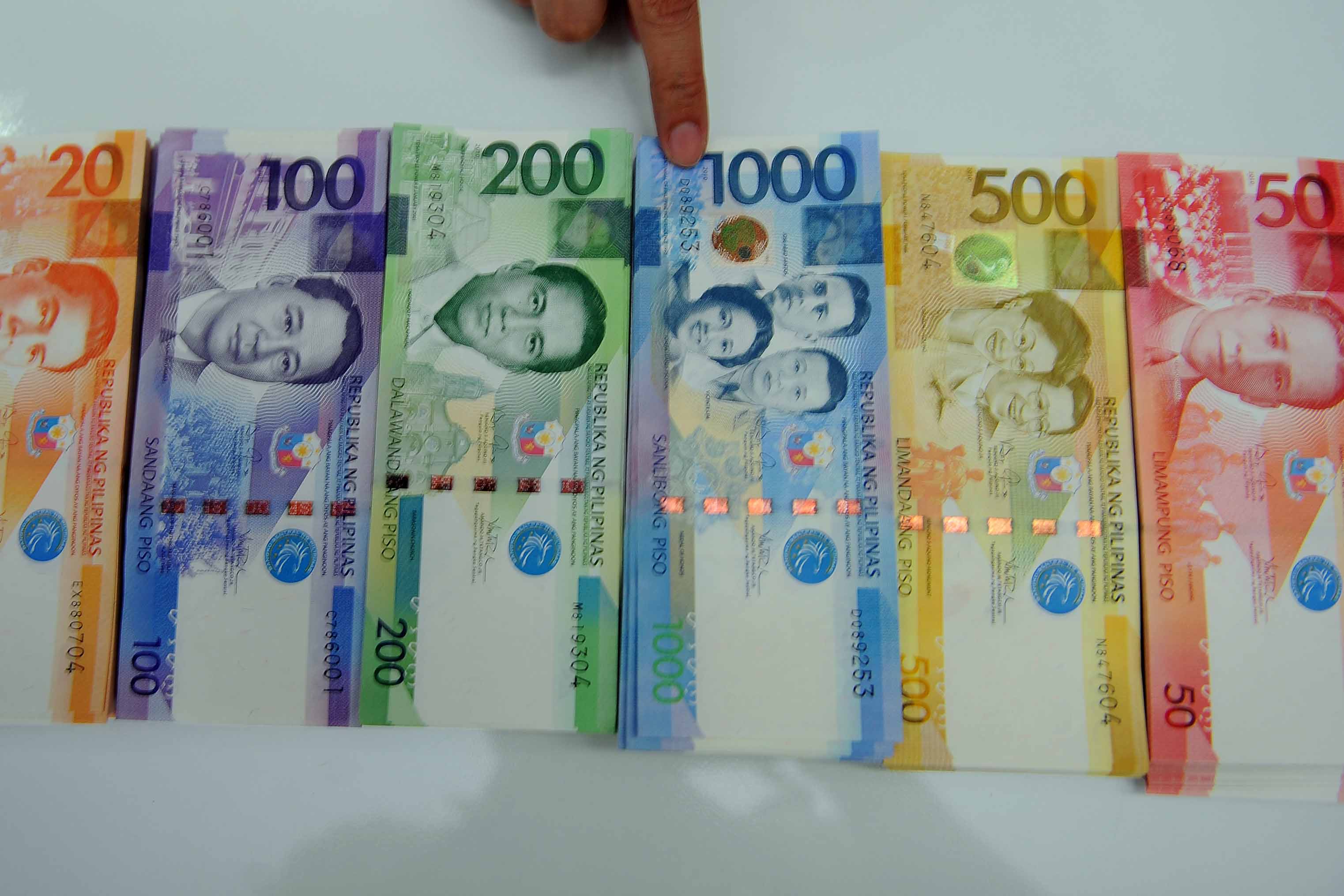Investors rejoicing over the Philippine peso’s rally to a six-month high should beware: the currency is predicted to be Asia’s worst performer next year.
The peso will slide to 51 per dollar by end of 2018, a loss of 1.5 percent from current levels, according to the median estimate of a Bloomberg survey, with a most bearish projection of 56. The currency is likely to be undermined as the current-account deficit widens, while the central bank is slow to raise interest rates from a record low, strategists and fund managers say.
“The peso remains vulnerable,” said Jonathan Ravelas, chief market strategist at BDO Unibank Inc. in Manila. “The external payments position will likely deteriorate further as more economic activity fuels demand for capital equipment and consumer goods,” he said, forecasting the currency will end next year at 52 per dollar.
The peso has whipsawed this year: sliding to an 11-year low of 51.85 per dollar in October before paring losses to close at 50.24 on Thursday. It is still down 1 percent since the start of January.
The Philippines will post a current-account deficit of $100 million this year and that will swell to $700 million in 2018, Bangko Sentral ng Pilipinas forecast this month. The shortfall is set to increase as President Rodrigo Duterte’s $180 billion infrastructure plan pushes up imports.
Relative Underperformer
“The peso’s decline has been driven largely by a change in its balance-of-payment position,” said Desmond Fu, an analyst in Singapore at Western Asset Management Co., which oversees $435 billion. “The outlook remains one of underperformance on a relative basis unless BSP significantly changes its monetary stance.”
Policy makers have been in no rush to raise rates even after the Federal Reserve increased its benchmark this month for the third time this year. Central bank officials have defended their position by saying annual economic growth in excess of 6 percent is unlikely to cause overheating.
Not everyone is bearish. The peso has strengthened 3.2 percent from it October low as year-end remittance flows kicked in and Duterte signed a package of tax cuts into law.
“If you look at the valuation of the peso, it’s increasingly attractive,” said Roy Teo, a currency strategist at LGT Bank AG in Singapore. “Once Asian currencies in general do appreciate in 2018, BSP’s fears of peso appreciation versus the dollar should be less given that Asia accounts for about three quarters of their exports.”
LGT predicts the peso will strengthen to 50 by June 30, and reach 48 by the end of December.
Remittance Flows
The peso’s year-end rally is set to wane as remittance flows start tapering, said Irene Cheung, a currency strategist at Australia & New Zealand Banking Group Ltd. in Singapore.
“The strongest inflows usually happen in November and the early part of December,” she said. “The remittances’ support to the peso would weaken and so the strength of the peso that we’ve seen has probably run its course.”
Aberdeen Standard Investments see plenty of reasons for the peso to keep falling, one being the central bank’s tolerance for a weaker currency.
Declines in the peso have helped to bolster the nation’s export competitiveness, BSP Governor Nestor Espenilla said in September, when the currency completed its sixth straight quarterly loss.
“The increasing current-account deficit -- especially now that the tax-reform bill has been passed -- and a governor who believes that the exchange rate acts as an effective shock absorber for the economy are both negative for the currency,” said Lin Jing Leong, an investment manager in Singapore for Asia fixed income at Aberdeen. “The peso is likely to once again underperform the broader Asia block.” – Bloomberg
Recommended stories:
Oil holds gains near two-week high after US stockpiles tumble
Thai airport misery may last years as Chinese overwhelm upgrades
